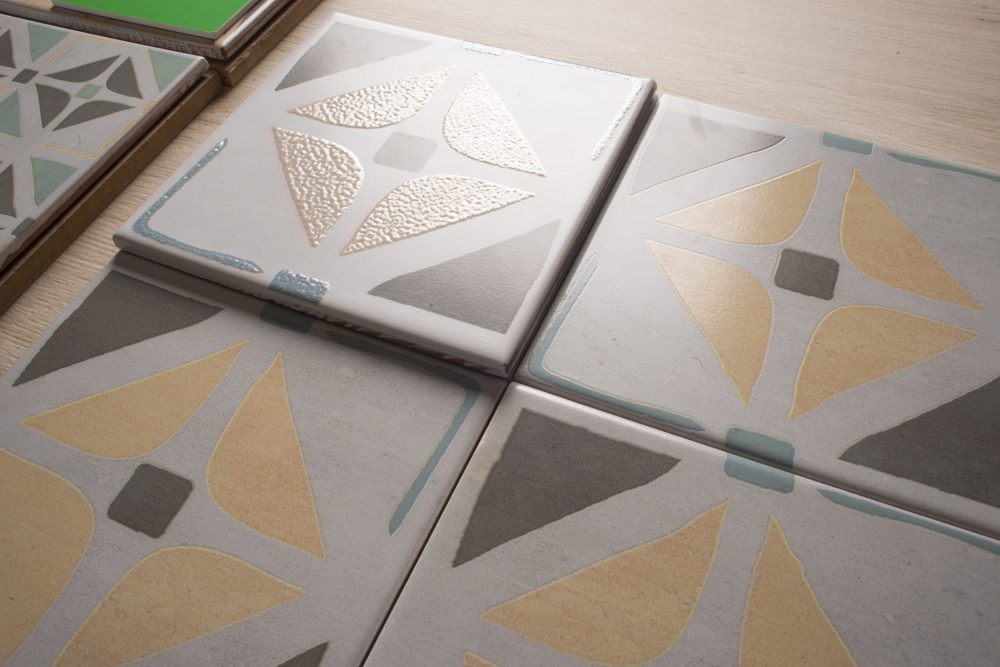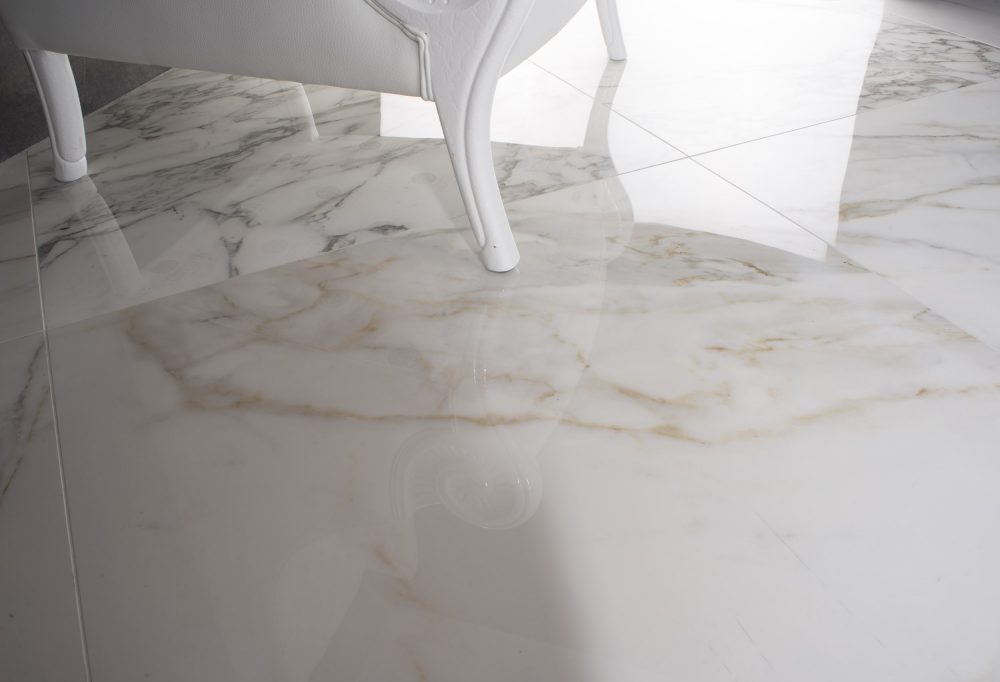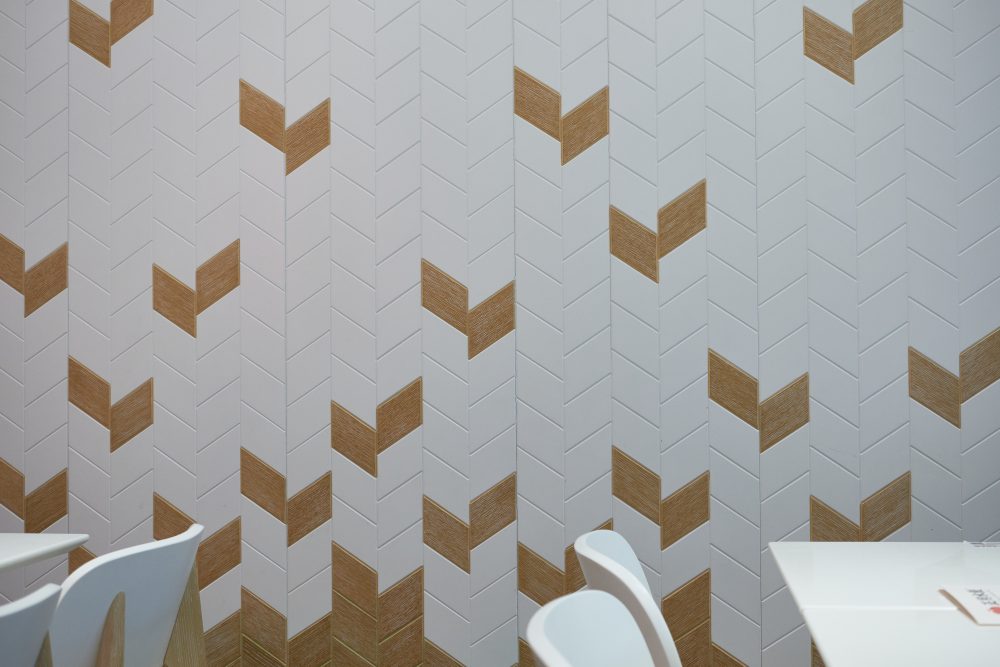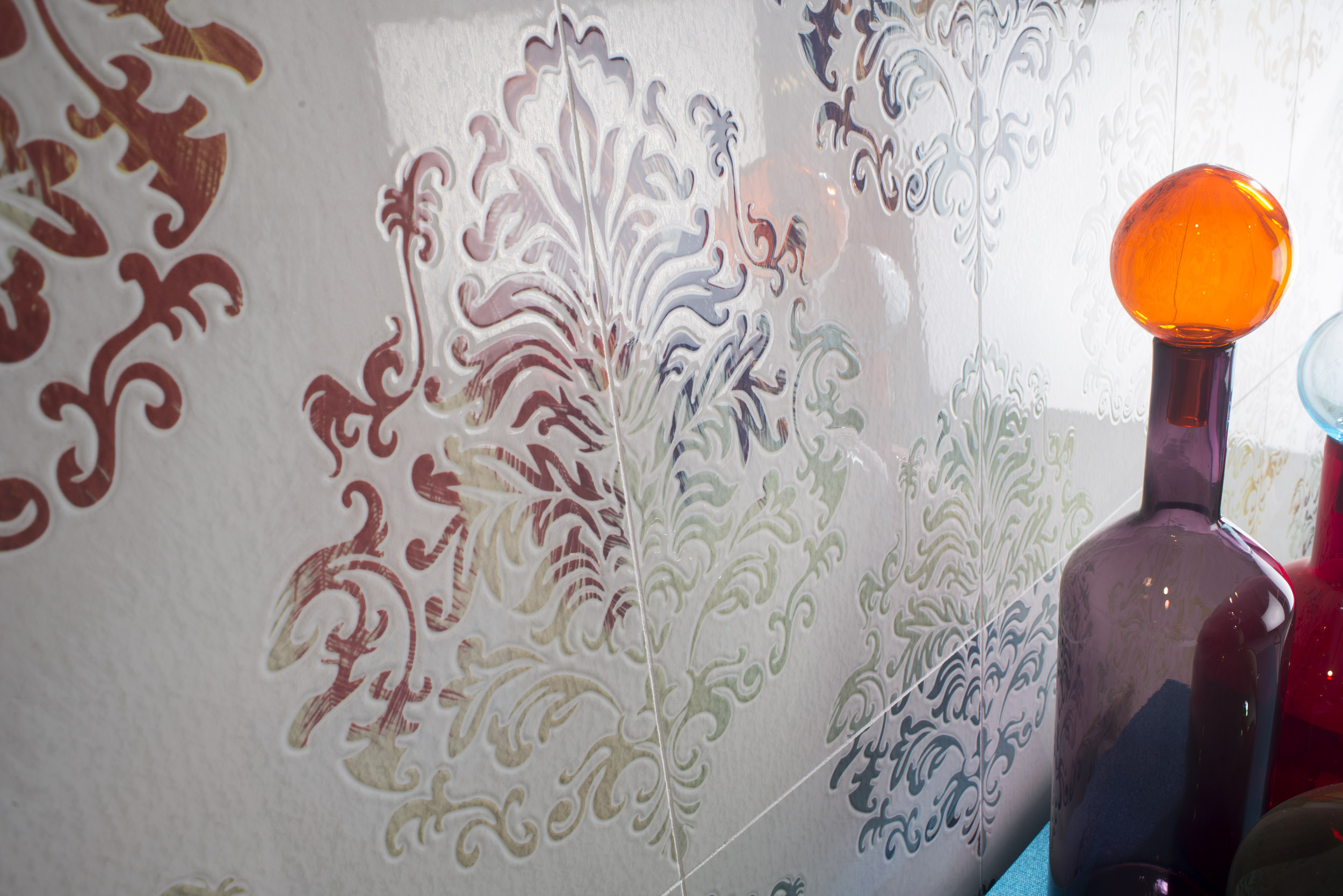For centuries, ceramics included an all artisanal process that was made by the most talented hands. As time went by, technology came in aid to the industry, growing its possibilities and making ceramic a great part of our everyday life.
Today, ceramic is still molded by handwork incorporating technology through new techniques, materials, pigments, and shapes. Handmade ceramics are now considered pieces of art, escaping the duty of becoming a utilitarian object and exploring all of the material peculiarities, one that has been used for over 27,000 years.
Also, we can find technology applied to the industrial manufacturing of ceramic products, that transforms them both in innovative and useful pieces. As flexible as the ceramic is nowadays, it becomes even more pliable with the application of different innovations.

Blending the artistic impulse with the new technologies are part of the innovation in ceramics, that benefits the production processes and the overall design. The creation of ceramics has always been driven by passion and knowledge, influenced today also by creativity and research thanks to the technology.
In the ceramic production chain, technology is not applied to the production as a whole, but more as little changes in every step of the manufacturing process to make the company’s efforts more efficient. Innovation in ceramic is considered to manifest in the form of details that enhance the final product and work efforts.
To achieve that, constant research and scientific discoveries are needed, that provide technological advances, as well as new aesthetic premises. Innovation is not only looking for a greater design but also improved efficiency in the production processes and systems, making better use of the resources and materials of the industry.
Due to the industrialization of these processes is easier than ever to produce bigger formats in ceramic tiles, and also to create different shapes. Thanks to this innovation in ceramic, the material can compete with others, such as marble or stone, and provide a new solution for the market.

One area that has certainly benefit the most with the application of technology was the ceramic design. The ceramic art innovative techniques include a bigger range of pigments, more accuracy in color application, digital printing and added texture, resulting in better and more interesting designs.
Whereas in the past ceramic colors were limited to a few glazes and coloring oxides, giving a slightly different result each time, today we can benefit from the advances made in the pigments industry, creating new glazes, stains, colorants and inks to improve the art on ceramics.
Nowadays, color isn’t a problem anymore, every tone can be achieved with great accuracy and ease, becoming a vital tool in improving the ceramics designs. This innovations in pigments allow accessing an ample range of colors, making possible to combine them into the most original design.
Another great innovation in ceramic is digital printing, the most revolutionary advance incorporated into the industry in recent years. Besides having already better pigments and all of the colors available, this technique widens the design possibilities even more.
On the other hand, it lends an automated process to the industry, making the manufacturing more precise and reducing the production time, and consequently its costs. As it makes the work more efficiently, it also produces a great variety of patterns and effects on the tiles, and can even imitate natural materials such as marble and wood with great precision.

Also, the digital printing is a ceramic art innovative technique that allows the customization of the pieces, using a specific shade, patterns, texts or logos, transforming ceramics into a great tool for brand’s spaces, for example, helping the industry to tackle a new market. This technology also includes the digital effects and materials that can create textures on the ceramic and add new finishes, such as metallic tiles.
When talking about the industry itself, technology can also be applied to make better the efficiency in the resources used, whether is raw materials, water or energy. Choosing some of the changes offered by the 4.0 industry, the company can apply intelligence to its processes and upgrade their work.
Incorporating innovation in ceramics forces some changes in the production and gives a new approach to the ceramic industries, improving their processes, designs and also impacting in a positive way in their workers and economy. Technology does not only apply to machines, but to changes that look for better production.
In the new ceramic industry, design and technology come as one, mixing the traditional knowledge with the new discoveries that improve production. Modern ceramic industries need their know-how constantly influenced by new technologies.
Having the traditional ways in mind, but adapting to new technological advances creates a company that could resist the pass of time, adapting to the new markets and its demands, and also experiencing business growth. The future in the ceramic industry is one that makes tradition collide with technology.











